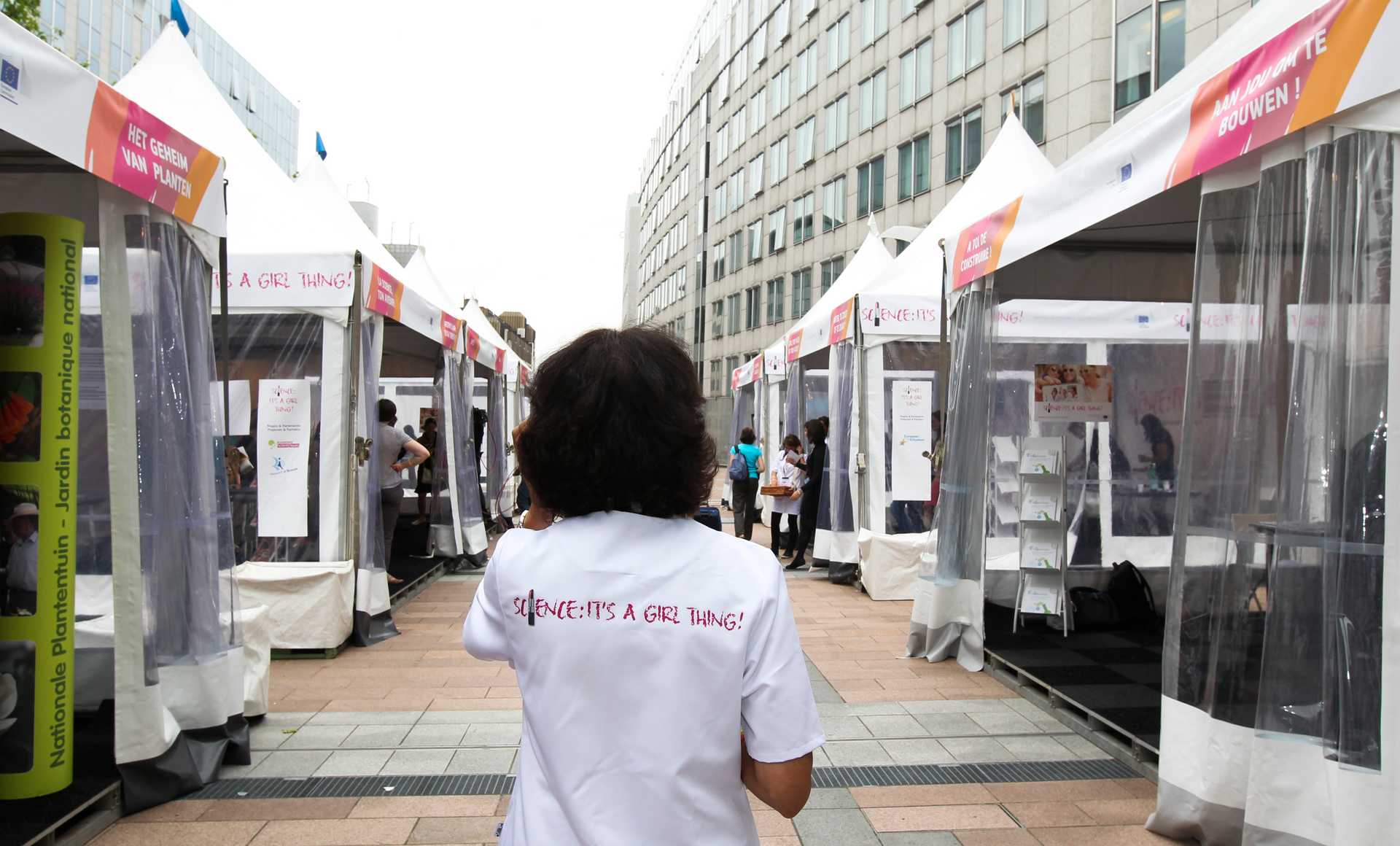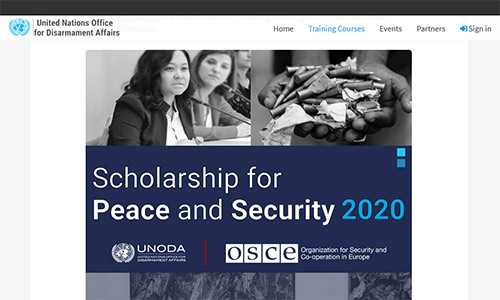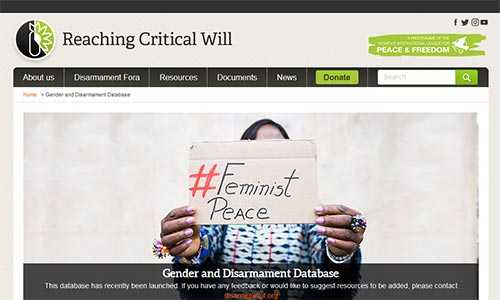
Gender in disarmament dates to the 1900s when the Women’s International League for Peace and Freedom advocated for an end to WWI and for international disarmament. Greater international momentum was gained during the four UN conferences on women which resulted in the Beijing Platform for Action in 1995.
In 2000, the first Security Council resolution 1325 was adopted reaffirming the important role of women in peace and security and the need for special measures to protect women and girls in situations of armed conflict.
Over the years, considering gender in disarmament matters evolved into an international norm with two main approaches:
- Promoting and increasing women’s meaningful participation in arms control, non-proliferation and disarmament fora and decision-making bodies.
- Applying a gender lens to assess the differing impacts weapons have on women and men, girls and boys, to improve policies, strategies and distribution of resources.
As the norm to adopt a gender perspective in disarmament policies strengthens, so does the number of treaties, conventions and action plans that contain gender language, including the first legally binding regime to recognize the link between gender-based violence and international arms trade – The Arms Trade Treaty (2014).
The EU has been very active in promoting gender equality and adopting gender mainstreaming in all its policies, but much depends on individual Member States adopting the policies into their National Action Plans.
The role of gender in disarmament has come a long way but there is still a road ahead.
Further Resources
General Resources
- UN Women
- UNODA Gender Perspectives and Disarmament Policy Papers
- International Gender Champions Resources
- Gender Champions in Nuclear Policy Resources
- CNS Young Women in Nonproliferation Initiative - Resources
Good Reads
- UNIDIR “Still Behind the Curve: Gender Balance in Arms Control, Non-Proliferation and Disarmament Diplomacy.”
- UNIDIR and ILPI “Gender, Development and Nuclear Weapons: Shared Goals, Shared Concerns”
- UNIDIR “Missing Links: Understanding Sex- and Gender-Related Impacts of Chemical and Biological Weapons.”
- New America “The ‘Consensual Straitjacket’: Four Decades of Women in Nuclear Security”
Feminist Foreign Policy
- Centre for Feminist Foreign Policy
- A Feminist Foreign Policy for the European Union
EU Resources
- European Institute for Gender Equality
- European Commission and Gender Equality
UNODA Resources

Webpage of UNODA.
- UNODA Disarmament Education Dashboard
- UNODA Women Scholarship for Peace: Global South
- Scholarship for Peace and Security
UNIDIR Resources
- Gender and Disarmament Hub
Reaching Critical Will Resources

Webpage of Reasearching Critical Will.
- Gender and Disarmament Database